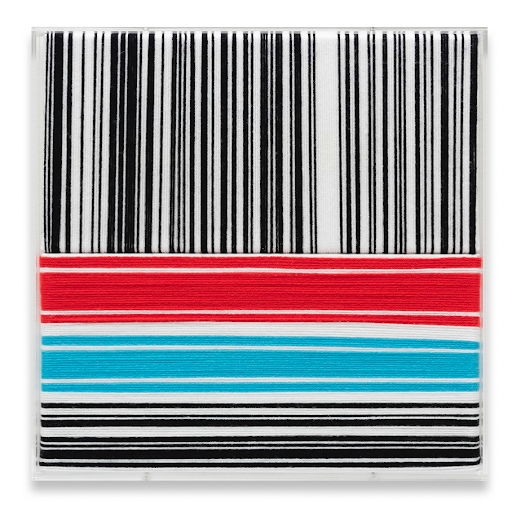The event of a thread part II
In this Labzone we will look at the craft of weaving from a practical, historical and more theoretical perspective. Textile has played an important part in my work for a long time, but I have only recently started to learn how to weave. This Labzone is an attempt to share some of this process.
Weaving is one of the oldest crafts developed by humans, and in the Western tradition since the Greeks it has always been associated with the labor of women. In the Odyssey, Telemachus famously tells his mother Penelope “You should go back upstairs and take care of your work, / Spinning and weaving, and have the maids do theirs. / Speaking is for men, for all men, but for me / Especially, since I am master of this house.” (1.376-9) When she arrived as a student at the Bauhaus in 1922, Anni Albers, from whom I have borrowed the title of this Labzone, wanted to join the glass workshop and only reluctantly enrolled in the weaving workshop because it was one of the few ateliers where women were allowed to work.
We will look at some key artworks, figures and concepts in the history of weaving’s often contested inscription in the fields of technology, craft and art, while also looking at other forms of textile arts, such as embroidery, quilting or patchwork. While paying attention to the gendered valences associated with the practice of weaving, we will also look at other implications of loom technology, including the relationship between the invention of the jacquard loom and that of the first computer program by Lady Ada Lovelace in the 1840s.
In the second semester there will be a practical workshop in a weaving workshop, where students will be able to work on different types of looms (tapestry, rigid heddle and frame looms).
Image: Rosemarie Trockel, Destroy, she said, 2022
